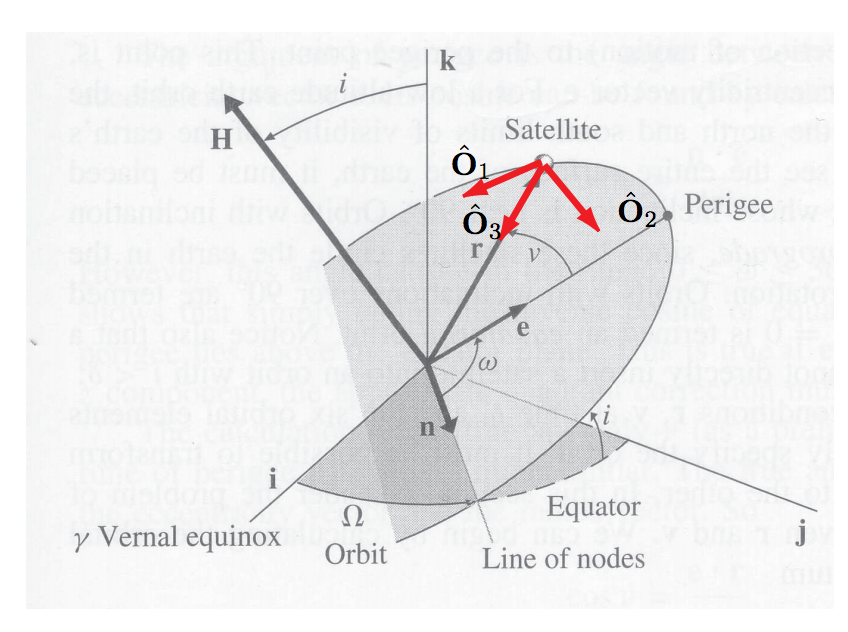

The transformation T() of point x to point y is obtained by performing the matrix-vector multiplication Mx: When used as a coordinate system, the upper-left 3 x 3 sub-matrix represents an orientation in space while the last column vector represents a position in space. The last column of the matrix represents a translation (blue rectangle on right side). The upper-left 3 × 3 sub-matrix of the matrix shown above (blue rectangle on left side) represents a rotation transform, byt may also include scales and shears.


Such a 4 by 4 matrix M corresponds to a affine transformation T() that transforms point (or vector) x to point (or vector) y. 3D Affine Transformation MatricesĪny combination of translation, rotations, scalings/reflections and shears can be combined in a single 4 by 4 affine transformation matrix: " M"), whereas scalars are written in italics (e.g. In the equations used in this chapter, variables representing vectors and matrices are written in bold font (e.g.
#Motrix rotations how to#
The presented information is aimed towards advanced users who want to understand how position and orientation information is stored in matrices and how to convert transformation results from and to third party (neuroimaging) software. It will be described how sub-transformations such as scale, rotation and translation are properly combined in a single transformation matrix as well as how such a matrix is properly decomposed into elementary transformations that are useful e.g. This topic aims to provide knowledge about spatial transformations in general and how they are implemented in BrainVoyager, which is important to understand subsequent topics about coordinate systems used in BrainVoyager and relevant neuroimaging file formats. The topic describes how affine spatial transformation matrices are used to represent the orientation and position of a coordinate system within a "world" coordinate system and how spatial transformation matrices can be used to map from one coordinate system to another one. Note: If you find this project useful, please include reference link in your work.BrainVoyager v22.0 Spatial Transformation Matrices Image is rotated clockwise and anticlockwise in 15 degree, 30 degree, 45 degree, 60 degree and 90 degree respectively. ]Īnitclockwise Rotated Matrix with Degree = 4:įollowing are the sample application examples of the matrix rotation.ĢD red channel of the 3D colored image is use to demonstrate this application. To create and run tox supported environment use the following command:Ĭlockwise Rotated Matrix with Degree = 1:Īnitclockwise Rotated Matrix with Degree = 1:Ĭlockwise Rotated Matrix with Degree = 2:Ĭlockwise Rotated Matrix with Degree = 3: At its core tox provides a convenient way to run arbitrary commands in isolated environments to serve as a single entry point for build, test and release activities. Tox is a command line driven CI frontend and development task automation tool. Python3 matrix_rotation/matrix_rotation_cli.py -matrix ",]" -D 1 -C False -S True Python3 matrix_rotation/matrix_rotation_cli.py -matrix ",]" -degree 1 -clockwise False -print_matrix True Python3 matrix_rotation/matrix_rotation_cli.py -matrix ",]" -D 1 -C False Python3 matrix_rotation/matrix_rotation_cli.py -matrix ",]" -degree 1 -clockwise False Python3 matrix_rotation/matrix_rotation_cli.py -matrix ",]" -D 1 Python3 matrix_rotation/matrix_rotation_cli.py -matrix ",]" -degree 1 Python3 matrix_rotation/matrix_rotation_cli.py -matrix ",]"


 0 kommentar(er)
0 kommentar(er)
